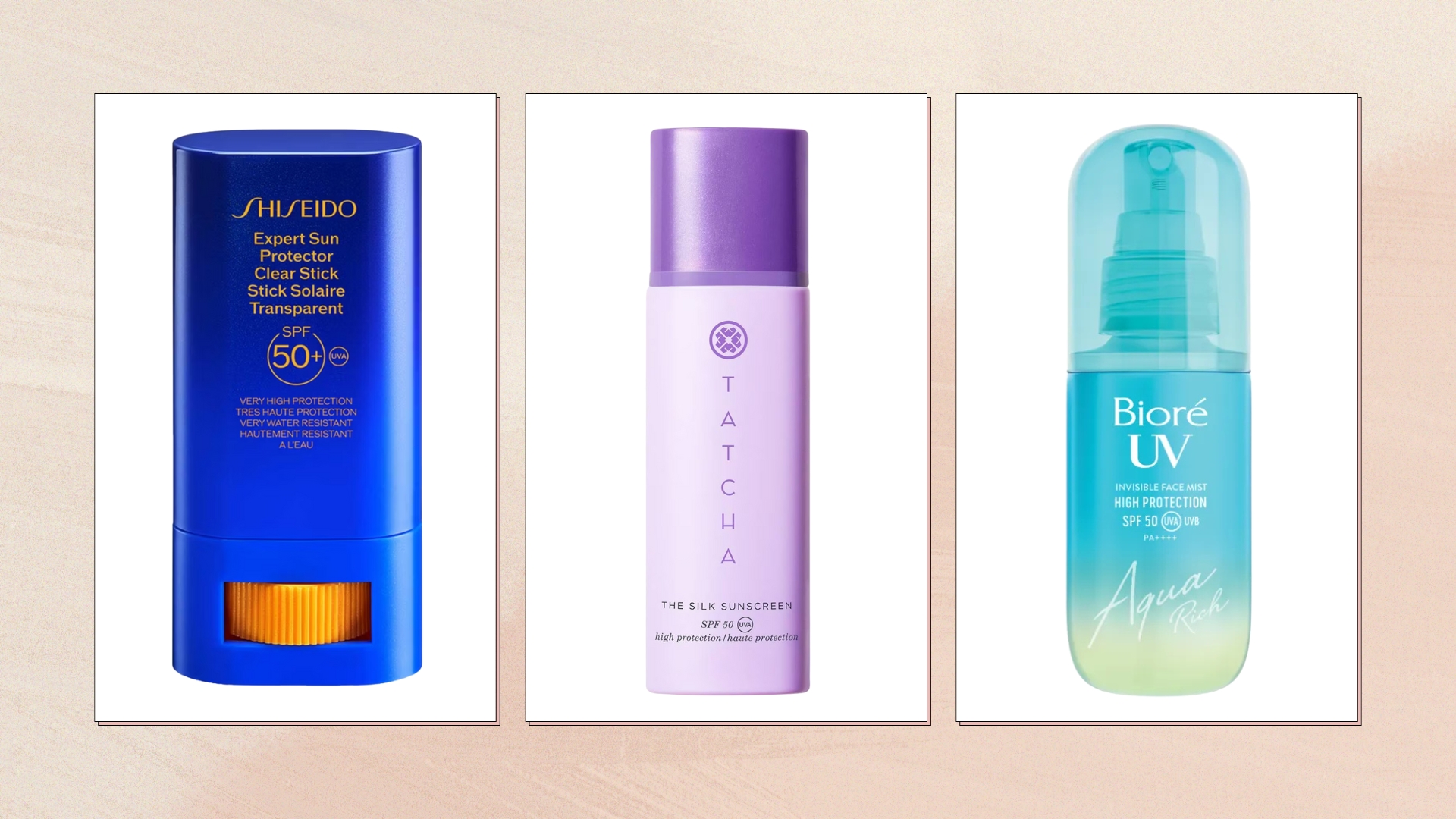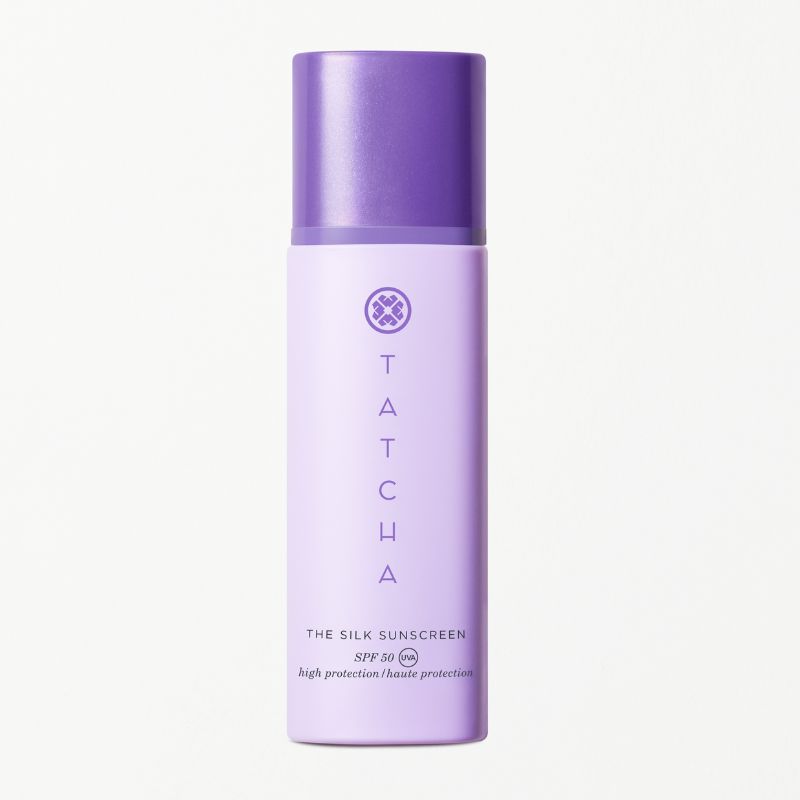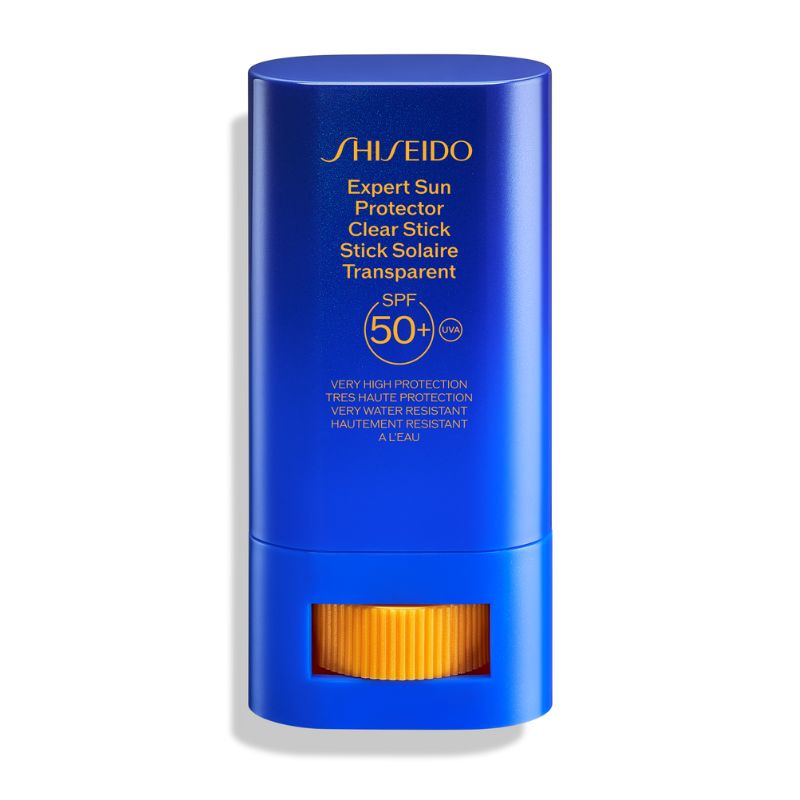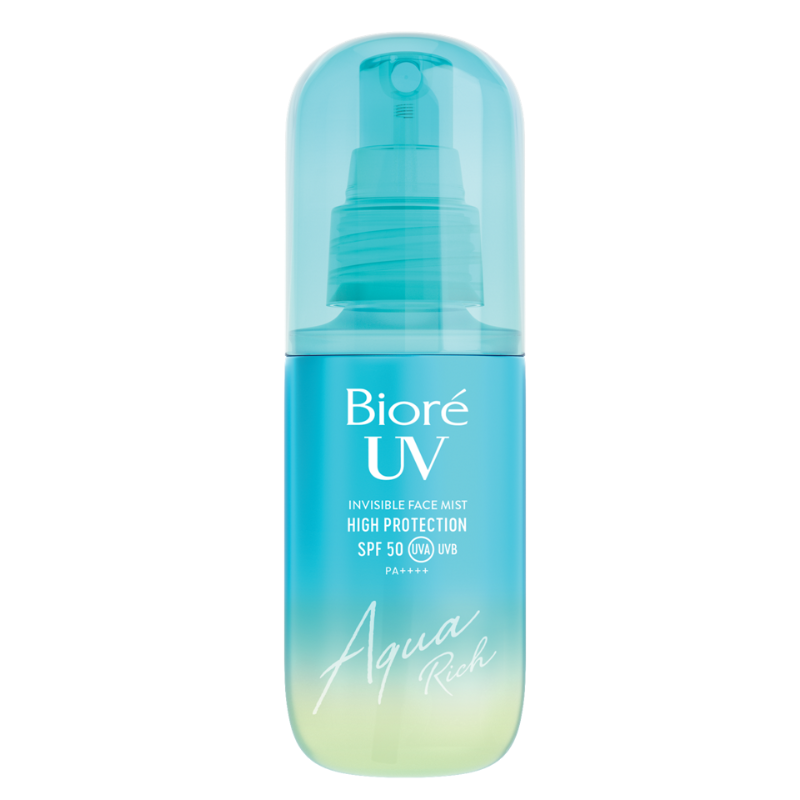Is Japanese sunscreen the best out there? Our Beauty Editor explains why it’s better than most
Many factors make Japanese sunscreen a cut above the rest – our Beauty Ed talks you through them


Visit any British beach this summer and you’re more likely to see pink-tinged shoulders than you are sun hats and parasols. While there are some things the British are good at (queuing, talking about the weather), we have to admit that, as a nation, sun safety is not a strong point.
To an extent, it’s not our fault. We aren’t blessed with gorgeous weather all year round, or even guaranteed it during the summer. You’re as likely to need a brolly as SPF in August, and that has given us a lax attitude to sun protection. Awareness is improving, but we’re years behind countries like Japan, where wearing the best facial sunscreens, often high-tech Japanese sunscreens, has been deeply ingrained for decades.
“SPF is worn year-round in Japan, not just in summer,” says Nami Onodera, Executive Director of Brand Heritage at Japanese-inspired skincare brand Tatcha. “Even on cloudy days or in winter, people apply SPF as a daily habit, reflecting their long-standing awareness that UV damage can occur regardless of the season or weather.” With a higher demand for decent daily sunscreen, Japanese SPF is way ahead of the game. Think sophisticated textures and virtually undetectable finishes rather than anything bright white, gloopy or paint-like.
What’s so good about Japanese sunscreen?
Thanks to a commitment to prevention over cure and understanding of the skin’s needs, Japanese sunscreen is some of the best on the market.
“The Japanese SPF market features a wide spectrum of formats, textures and generally a richer range of skin feels,” says Qiang Qiu, Vice President of Global Innovation at Tatcha. “This is partly due to a wider selection of approved UV filters available to manufacturers under the local regulations, and partly due to consumers' preference for SPF to be an effortless and essential part of their daily skincare routine.”
“A key consideration when creating an SPF, especially due to the unique skin tones of Japanese women, is to create invisible formulas that leave no white cast,” says Nathalie Broussard, Scientific Communication Director for iconic Japanese brand Shiseido.
In 2023, Shiseido received an award from the IFSCC (that’s the International Federation of Societies of Cosmetic Chemists) for developing a high-protection sunscreen that was invisible on the skin.
“Another feature of sunscreen products developed in Japan is that they are lightweight, which is ideal for the hot and often humid climate. Skin cleanliness and purity are also important, so formulators have developed sunscreens that are long-lasting yet easy to remove at the end of the day with conventional cleansers.”
Sign up to our free daily email for the latest royal and entertainment news, interesting opinion, expert advice on styling and beauty trends, and no-nonsense guides to the health and wellness questions you want answered.
You’ll probably still want to double cleanse to be sure, but you can relax as even second-best cleansers will still do the job.
All aspects of sunscreen formulation are both high-tech and very considered. “Japanese beauty is consistent with their approach to their food, aesthetics and philosophies – they practice minimalism,” Vicky Tsai, Founder of Tatcha, adds “The formulas are very spare, meaning the quality and precision of each ingredient is paramount. It’s like sushi: only a few ingredients can be really beautiful if done right.”
How does the approach to sun protection differ from Japan to the UK?
The biggest difference between British and Japanese attitudes to sun protection, and beauty in general, is in their approach to prevention vs cure.
“The use of sunscreen is core in the Japanese beauty ritual as they have long understood the impact of sun exposure on premature ageing but also the power of prevention – knowing that avoiding the sun can prevent negative cosmetic effects to the skin, along with more serious effects like increased risk of skin cancer,” says Vicky Tsai, Founder of Tatcha.
“The Japanese were among the first cultures to use umbrellas, specifically parasols, to protect themselves from sun exposure, representing a cultural appreciation for sun safety.”
It’s the polar opposite of Europe, where “treatment and correction are often seen as more prestigious than prevention,” explains Nathalie Broussard, Scientific Communication Director for iconic Japanese brand Shiseido. “This is because treatment is more tangible, visible and dramatic – it’s the difference between being sick and then no longer being sick.” It’s a shame, but it is easier and more exciting to market a product that will make a significant difference to your skin with impressive before and afters rather than one designed to preserve and maintain it. Interestingly, Tsai adds that “the Eastern market is about prevention with a focus on purifying and brightening, while the Western market is focused primarily on wrinkle care.”
Generally speaking, the foundations of our beauty routines are what we learnt from our parents, and in most cases, sun protection didn’t feature alongside a bottle of Oil of Olay and a tub of Pond’s Cream for us. It’s just not ingrained in British habits like it is in Japan. This isn’t just because of cultural attitudes, but also physiological characteristics. “Japanese skin is more sensitive and prone to pigmentation issues,” advises Broussard, two things that UV rays will worsen. If you know the negative impact UV rays can have on your specific skin type, then it’s natural that you will be more committed to sun protection.
Japanese beauty powerhouse Shiseido is a front-runner in the field of SPF and considered “one of the founders of modern photobiology, creating sunscreen formulas as early as 1923,” explains Broussard.
How is sunscreen regulated in Japan?
Sunscreen is regulated differently in different countries. In the UK, for example, it is classed as a cosmetic product, whereas in the US, it’s considered a drug. “Unlike in the United States, where sunscreens are classified as over-the-counter drugs and regulated differently by the FDA, in Japan they are categorised as quasi-drugs,” says Broussard. This means they are considered, partly, or nearly, drugs and therefore have “stricter safety and efficacy requirements compared to regular cosmetics.” Yet another factor that gives them the edge when it comes to sun safety.
In addition to an SPF rating, which states how much UVB protection a product offers, most Japanese sunscreens also have a PA+ rating. This stands for Protection Grade of UVA and indicates how much UVA protection a sunscreen has. Although UVA rays don’t have the potential to burn our skin like UVB rays do, it’s still important to shield your skin from them. UVA rays are the biggest cause of premature ageing and present all year round – even when cloudy. The number of + signs shows how much UVA protection a sunscreen contains, with four as the maximum.
3 of the best Japanese sunscreen formulas available in the UK
Keen to give Japanese sunscreen a try for yourself? These are the three best formulas available to shop in the UK right now…

RRP: £65
A mineral SPF, which is great for sensitive complexions that find chemical filters irritating. It feels like satin on the skin, with the dewy, glowy finish we’ve come to expect from Tatcha.

RRP: £32
The ultimate product for speedy touch-ups on the go, this stick is totally transparent, going undetected on all skin tones. It’s non-greasy too, so it won’t make your skin look or feel shiny.
Jess Beech is an experienced fashion and beauty editor, with more than eight years experience in the publishing industry. She has written for woman&home, GoodtoKnow, Now, Woman, Woman’s Weekly, Woman’s Own and Chat, and is a former Deputy Fashion & Beauty Editor at Future PLC. A beauty obsessive, Jess has tried everything from cryotherapy to chemical peels (minus the Samantha in Sex and The City-worthy redness) and interviewed experts including Jo Malone and Trinny Woodall.

